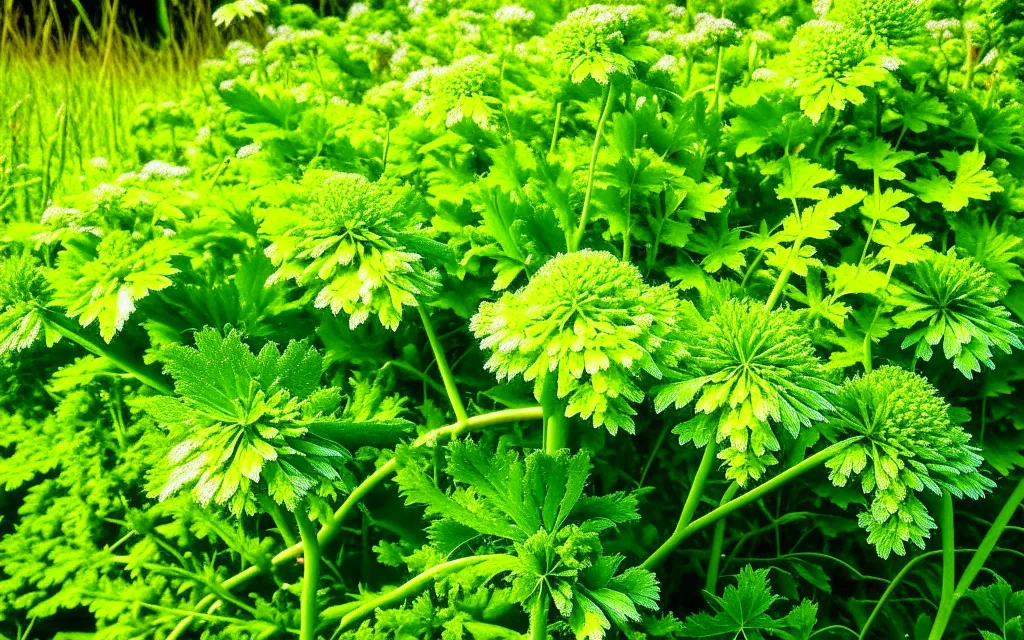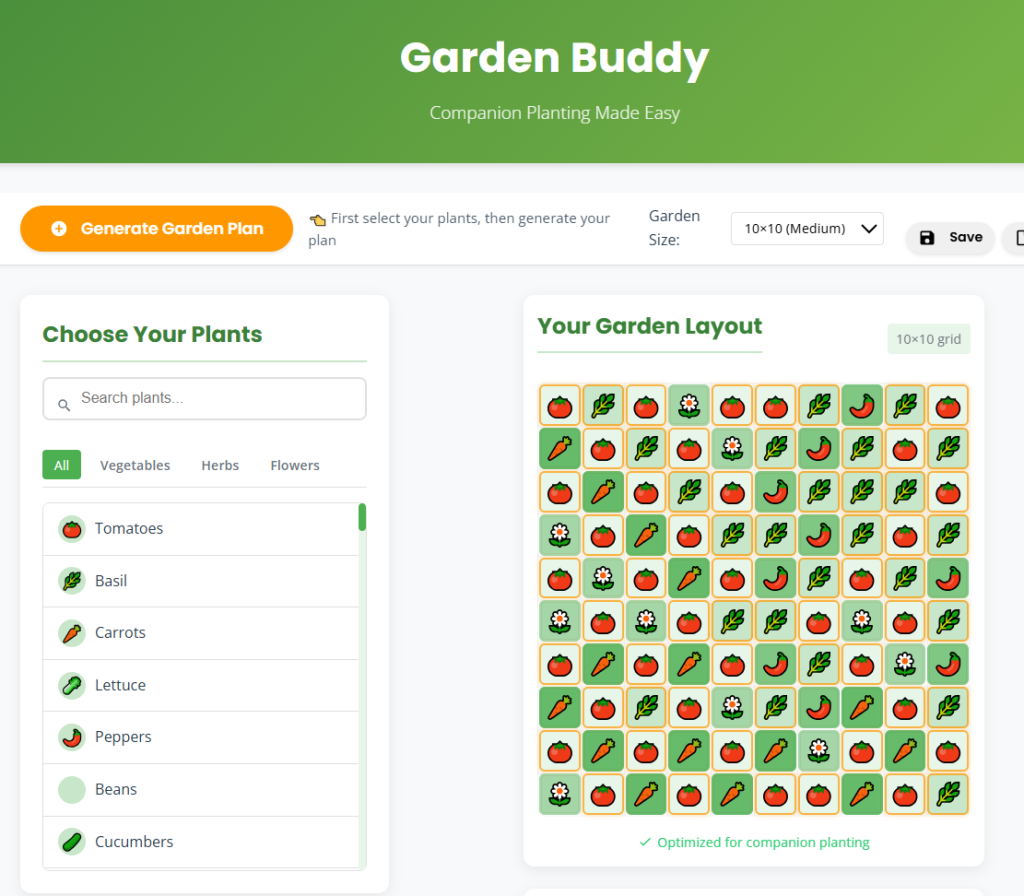
Growing Lovage: Tips, Companions, and More!
Ah, Lovage! This delightful herb’s often overshadowed by other more popular greens, yet it packs a punch in both flavor and utility. If you’re new to this charming plant, let me assure you—growing Lovage is a fantastic journey. As a perennial herb, it thrives in well-drained soil and loves a sunny spot in your garden. It doesn’t demand too much attention, but it can certainly enhance your culinary adventures with its rich, celery-like flavor.
A Brief History of Lovage
Lovage, or Levisticum officinale, has roots stretching back to ancient times. It’s been cherished by European cooks since the Middle Ages, with records indicating its use in Roman cooking as a flavoring herb. Over time, it slowly made its way across the globe, finding a special place in gardens everywhere. It’s not just a pretty face; it’s also a piece of history!
Ways to Grow Lovage
When it comes to growing Lovage, you’ve got options. You can cultivate it traditionally in the ground, or consider vertical gardening using containers. I’ve found that growing Lovage in pots can make it easier to manage, especially if you’re short on space. Plus, it adds a lovely green touch to porches or patios! Within the Lovage family, there are varieties like Golden Lovage, which has a striking yellow-green hue, and Variegated Lovage, featuring white and green stripes that can brighten up your garden.
The Benefits of Companion Planting for Lovage
So, let’s dig into the concept of companion planting. It’s like finding your perfect gardening buddy! Companion planting can significantly enhance your Lovage experience. By sharing space with the right plants, you can promote healthier growth, deter pests, and even enrich the soil. Companion plants can help each other thrive in a way that’s almost magical.
What are Good Companion Plants for Lovage?
Now, if you’re wondering what plants make good companions for Lovage, I’ve got some great suggestions! Let’s take a look at tubers and root vegetables. They not only coexist well with Lovage but can also support each other in their growth.
Plants to Avoid
The great news is that Lovage has no specific plants to avoid. This herb tends to be quite friendly and adaptable, so you won’t face major constraints when choosing neighbors. However, it’s always best to maintain some distance between Lovage and other herbs like Mint, which can take over and might outcompete Lovage for nutrients.
Final Thoughts
When planting tubers and root vegetables near Lovage, give them some room to breathe! Aim for about 12 to 18 inches of space between Lovage and its companions, letting them grow strong without competing fiercely for resources. With proper spacing and a little care, you’ll create a thriving garden that’s not just productive, but extremely rewarding to tend. So, what do you say? Are you ready to give Lovage a spot in your garden? Trust me; you won’t regret it!
Planting Guidelines for Companion Plants to Lovage
Ah, Lovage—such a delightful herb with a flavor that nearly captures the essence of celery! If you’re thinking of growing this beauty in your garden, it’s crucial to consider the spacing for companion plants. Let me guide you through some specific recommendations so you can create an ideal environment for both Lovage and its companions.
General Rule for Spacing Tubers and Root Vegetables
When it comes to tubers and root vegetables, you generally want to space them about 12 to 18 inches apart. This distance allows for proper root development and makes it easier for you to harvest.
Feel free to adjust these distances based on your garden’s specific conditions and the size of the varieties you choose!
Guidelines for Tall Companions
For tall plants, aim for about 24 to 36 inches apart. This spacing ensures that they won’t overshadow Lovage while still allowing them to thrive.
Remember, each of these plants needs a good amount of sunlight, so consider your garden’s orientation.
Guidelines for Low-Growing Companions
Low-growing companions can cozy up to Lovage at about 6 to 12 inches apart. This way, they can benefit from the shading Lovage provides without crowding each other.
Just keep an eye on their moisture needs; some may require a bit more watering than others!
Guidelines for Strongly Aromatic Companions
Strongly aromatic plants provide an excellent partnership for Lovage—just space them about 12 to 18 inches apart.
Aromatic plants can sometimes repel unwanted pests, so it’s a win-win!
Guidelines for Nutrient-Heavy Feeders
When planting nutrient-hungry companions, provide at least 18 to 24 inches of space. They’ll appreciate the extra room to access those nutrients without depleting each other too much.
Be sure to enrich your soil with compost to support these heavy feeders.
Guidelines for Spreading or Vining Companions
As for spreading or vining companions, allow a spacing of about 24 to 36 inches apart, to give them the room they need to sprawl.
Just keep an eye on their growth; these plants tend to expand quickly!
Summary of Companion Plants
Tubers: Carrots and Potatoes
Alongside Lovage, both carrots and potatoes thrive splendidly. Carrots benefit from Lovage’s ability to help retain moisture in the soil, while potatoes appreciate the organic matter that Lovage contributes. Additionally, potatoes can also be paired with beans and radishes, as they work well together by improving soil structure and warding off pests.
Root Vegetables: Beets and Turnips
Other good companions for root vegetables like beets and turnips include garlic and onions since they can actually help deter pests while ensuring those root veggies have plenty of nutrients to draw from. Both beets and turnips work harmoniously with Lovage, allowing the tall structure of Lovage to aid in moisture retention while providing enough space for their roots to flourish.
Before you grab your trowel, consider your garden’s unique soil, light, and moisture conditions. Adjust your spacing as needed, and don’t hesitate to experiment a little! Happy gardening!

Leave a Reply